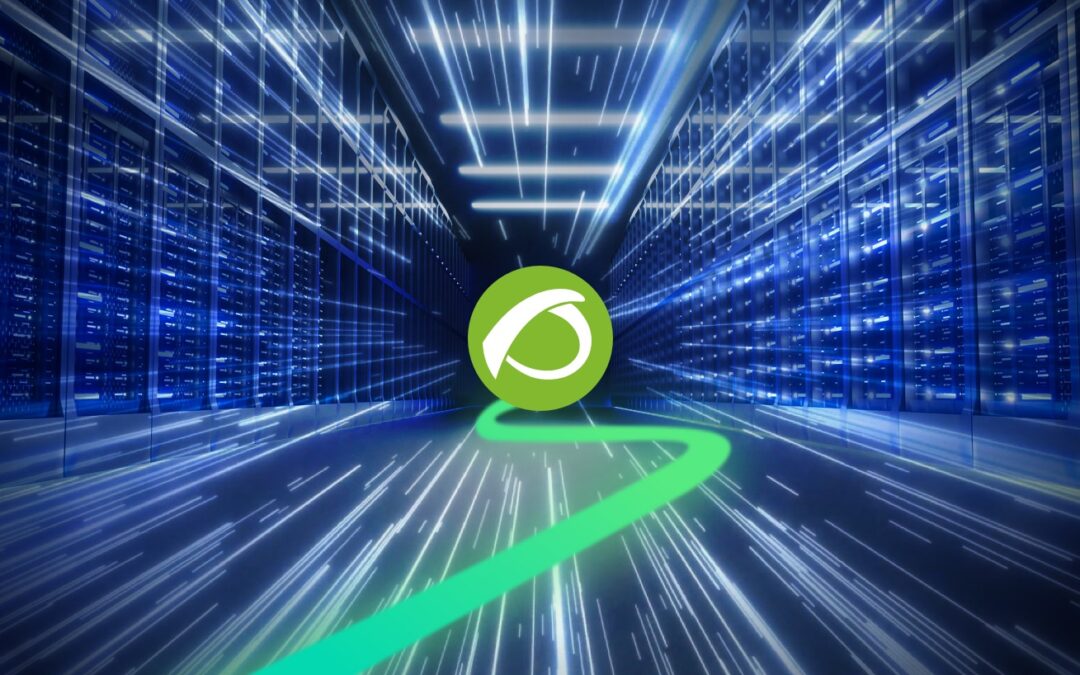You know what data centers* are, we’ve told you a lot about the on this blog. Today, however, it is time to check out a particular aspect such as the singleness of their architecture**. In addition to what role they play in the present and which one they will play in the future.
* Physical facility that organizations use to host their information, applications, critical data…
**There’s a good example of alliteration, great rhetorical figure.
So let’s go!
Data center architecture, present and future
Lately with so much cataclysm and recession, it seems that the world is going backwards. However, there are things that improve. The Succession TV show is cooler every season and last summer they released a new variety of Magnum ice cream that is superior to the previous ones. For instance.
Technology is also evolving. In fact, you can see right now how all sorts of innovations take us to the next level.
Data centers are not left behind
About moving forward, I mean.
Why?
Well, because in recent years, IoT technology, the overwhelming need to accumulate data and our beloved Cloud have lovingly promoted the modernization of traditional data centers.
Otherwise these would be obsolete.
As many of you know, the design of a data center is based on a network of computing and storage resources that allows delivering shared data.
Its key components include:
- Routers.
- Switchgear.
- Firewalls.
- Storage systems.
- Servers.
- Etc.
This is when a number of companies are shifting to modern forms of data centers*.
*Which pose as many advantages as challenges.
More than twenty years ago, when data center architecture became a hot topic, there was debate between the CISC (Complex Instruction Set Computer) and RISC (Reduced Instruction Set Computer) architectures, and between SMPs, mainframes, and small systems.
All this happened before the surprising emergence of coprocessors, AISCs and other accelerators, to boost data access and optimize complex operations.
Currently, data centers are mostly aligned on x86 CPUs, small two-socket servers, and a general standardization of the components that make up the modern data center.
Even so, corporations continue to look for ways* to increase their efficiency and productivity by helping themselves with technological advances.
*Always at a lower cost.
Where do data centers come from and where are they headed to?
Like all technologies, from the pulley system to home ice-cream maker, data centers have also gone through a long way of transformation.
- Before the 1990s, data centers were made up of large computer rooms. There, any computer error made them stand out within the system.
- In the 1990s, as the Internet began to take shape and take center stage, data centers became popular among businesses.
- As the new century began, folks began to become more aware of the data centers and brought to light incredible improvements. Such as data center services, outsourcing demands, shared hosting, application hosting, managed services, ISPs, ASPs, MSPs, etc.
During later years, data centers became stabilized as a concept in society. The focus, then, was on energy efficiency, refrigeration technologies and management facilities.
Is this the end of ordinary data centers?
Today, a good Intel CPU is considered the most powerful on the market. 112 cores, an incredible number of features to handle all kinds of workloads or technical machine learning activities.
Even so, companies seek, as police hounds, a new solution.
They are aware that big data analytics, machine learning, artificial intelligence, the so-called “Internet of Things” and other high-spectrum technologies are changing the approach to data centers.
Modern technologies, as they have been doing from the pulley system to home ice-cream makers, try to minimize costs.
That’s why, if we take into account the money, efficiency, power and optimization in a modern data center, you’ll find old architectures no longer work.
They consume more energy and take up more space.
Furthermore, there are already better services, more attractive ones…
GPUs are being used, for example, for specialized tasks that suppress single-core CPU performance.
In fact, GPU-enabled platforms have caused a readjustment of system designs, addressing the data-avid nature of processors.
Despite what it may seem, in recent times, cloud providers are switching to independent data centers, and, of course, large corporations are following suit.
In the immediate future, the evolution of data centers is expected to approach a new paradigm, probably because the Covid 19 pandemic has pushed the world to work in the cloud like no one imagined.
Do you want to know more?
Pandora FMS’s editorial team is made up of a group of writers and IT professionals with one thing in common: their passion for computer system monitoring. Pandora FMS’s editorial team is made up of a group of writers and IT professionals with one thing in common: their passion for computer system monitoring.

















